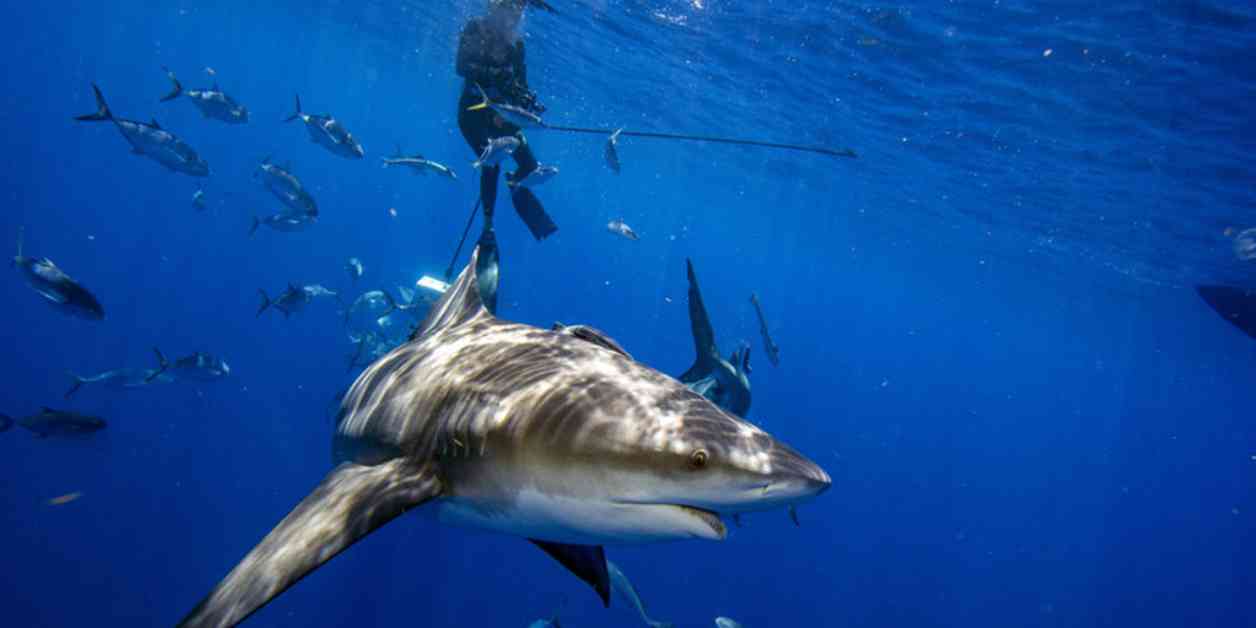Marine biologists have challenged the belief that the recent shark attacks in Florida’s Panhandle were related to the presence of orcas in the area. Despite initial theories suggesting that the sharks may have been attracted to the orcas spotted south of the attack location, marine biologist Jesús Erick Higuera-Rivas disagrees. He believes that the increased human activity in the area during the summer season may have led to more shark bites.
Higuera-Rivas, who studies orca behavior in Mexico, explained that the orcas may have been in the region all along but were only noticed recently due to the rise in tourism. He also suggested that the attacks were likely unrelated incidents, influenced by the bull sharks’ feeding patterns and the changing environmental conditions.
Shark expert Gavin Naylor from the University of Florida supported this theory, highlighting the impact of Florida’s hot and dry weather on shark behavior. Naylor explained that shark and orca interactions typically occur offshore, allowing sharks to avoid confrontations. However, the heat may have pushed bait fish closer to the shores, attracting aggressive bull sharks and increasing the risk of attacks.
The recent attacks in Florida, which is known as the shark attack capital of the world, resulted in injuries to three individuals within a short time frame. While all victims survived, some suffered severe injuries that required amputations. The incidents serve as a reminder of the importance of understanding shark behavior and environmental factors that can influence their interactions with humans.
Overall, the findings of marine biologists and shark experts shed light on the complex dynamics of marine ecosystems and the need for further research to ensure the safety of both aquatic species and beachgoers. As summer continues and beach activities increase, it is crucial to remain vigilant and take necessary precautions to prevent shark encounters and promote coexistence between humans and marine life.




